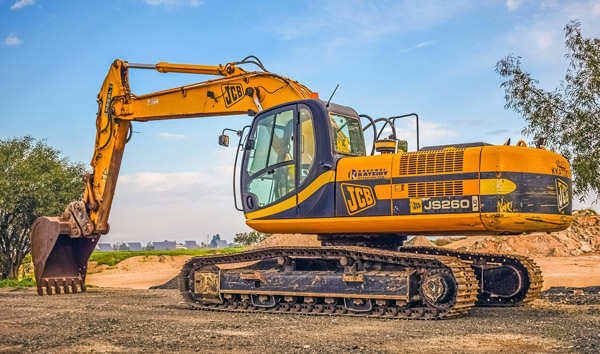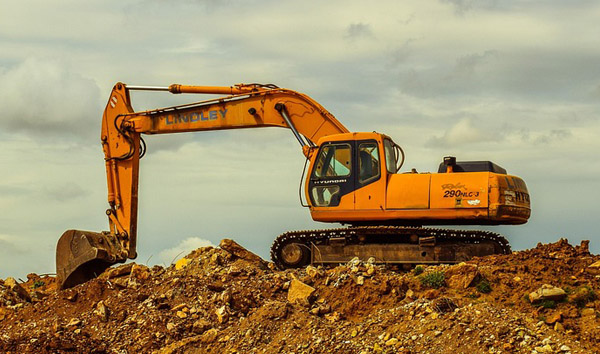The Evolution of Automated Loading Systems in Modern Warehousing
2025-07-22 04:50:29
Automated loading systems, commonly known as zhuangzaiji, have revolutionized logistics and warehousing operations by enhancing efficiency, reducing labor costs, and minimizing human error. This report explores the technological advancements, industry adoption rates, and future trends of zhuangzaiji in global supply chains.
Introduction The demand for zhuangzaiji has surged in recent years, driven by the exponential growth of e-commerce and the need for faster order fulfillment. According to a 2023 report by LogisticsIQ, the global market for automated loading equipment is projected to reach $12.8 billion by 2027, growing at a CAGR of 9.4%. These systems, which include robotic arms, conveyor belts, and AI-driven palletizers, are now integral to high-volume distribution centers.
Technological Innovations in Zhuangzaiji Modern zhuangzaiji systems leverage machine learning algorithms to optimize load distribution, ensuring maximum space utilization in shipping containers. For instance, companies like Dematic and Honeywell Intelligrated have introduced AI-powered zhuangzaiji that can adapt to irregularly shaped packages, reducing damage rates by 30%. Additionally, IoT-enabled sensors provide real-time monitoring, allowing operators to track performance metrics such as loading speed and accuracy.
Industry Adoption and Case Studies Leading logistics firms such as DHL and Amazon have heavily invested in zhuangzaiji to streamline their operations. Amazon’s fulfillment centers, for example, deploy over 5,000 automated loading units, cutting loading times by 50% compared to manual processes. Similarly, in the automotive sector, Toyota utilizes zhuangzaiji for just-in-time parts delivery, minimizing warehouse bottlenecks.
Challenges and Future Outlook Despite their advantages, zhuangzaiji systems face challenges such as high initial costs and the need for skilled maintenance personnel. However, advancements in modular designs and predictive maintenance software are lowering these barriers. Industry experts predict that by 2030, 70% of warehouses will integrate zhuangzaiji as part of their core infrastructure, further solidifying their role in the logistics ecosystem.
Conclusion The rise of zhuangzaiji underscores a broader shift toward automation in supply chain management. As technology continues to evolve, these systems will become more accessible, efficient, and indispensable for businesses aiming to stay competitive in an increasingly fast-paced market.













